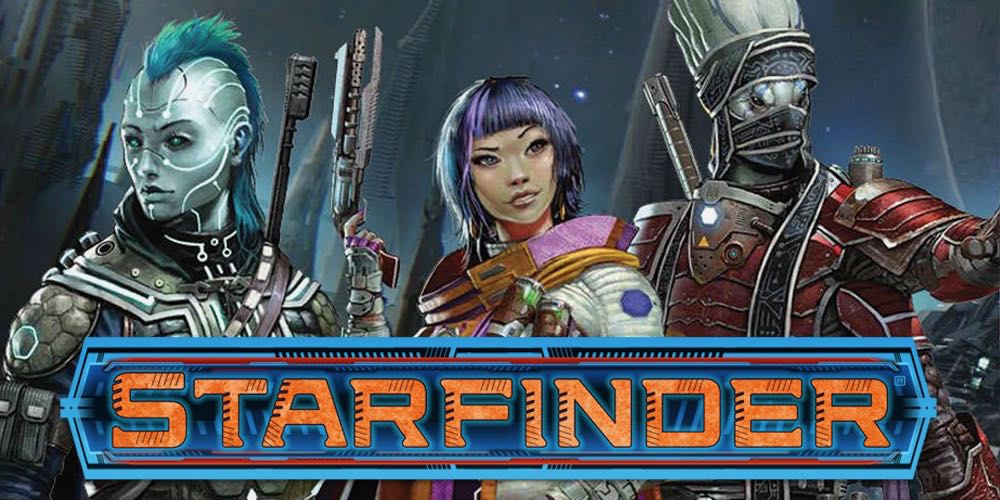Luigi’s Mansion 3 is my favorite Ghostbusters game. Stay with me here; while not canonically a Ghostbusters title, the latest Switch-exclusive starring Nintendo’s longtime second banana has all the earmarks of the boys in beige. You defeat and capture pesky spirits with decidedly niche technology, save your friends from the spectral clutches of a big bad, and cause massive property damage along the way—all in the name of filthy lucre.
Luigi’s Mansion 3 begins with a fun cinematic showing the Mario brothers, Princess Peach, and the Toads excited for their free stay at a luxury hotel, the Last Resort. Obviously, that turns out to be little more than a setup for the game’s supernatural shenanigans. Because there’s no such thing as a free lunch, much less a free vacation.
In short order, Luigi is back in the ghostbusting saddle again—armed with his trusty Poltergust G-00 and faithful sidekick Polterpup—making his way through one seriously haunted hotel on a mission to free his friends and family from their pesky picture frame prisons. As always, Professor E. Gadd comes through with the technological knowhow to keep the Poltergust powered up, and Luigi’s own slimy second in command, Gooigi, once again provides his own unique services—from helpful puzzle-solving and tandem Pultergusting to full-on second player support.
Rounding out the roster is a cadre of bad guys both old and new. You’ll doubtlessly recognize Boos and other basic ghost types from previous Luigi’s Mansion titles, but this time they’re aided by newer, beefier bosses, each seemingly tailor-made for the exquisitely themed floors of the Last Resort. From mummies and movie directors to mall cops and magicians, they’ll put you (and Gooigi) through your paces as you climb ever upward in an attempt to put horrific hotel owner Hellen Gravely out of business permanently.
To do so, you’ll need to master all the basics of Poltergust combat. These include the simple pull and push functions—it is a vacuum, after all—helpful in attracting or repelling ghosts and turning cranks/handles, and the related Slam attack that weakens an ensnared spirit by walloping it against the floor. Of course, you’ll likewise find yourself vacuuming up loose curtains and bedsheets, similarly yanking them to solve increasing clever puzzles.
Also returning is the Poltergust’s handy flashlight, employed both as the Strobulb, used to stun enemies as well as trigger light sensors, and the Dark-Light, which reveals invisible items like ghostly footprints and can be used to expel troublesome spirits from possessed furniture—not to mention free characters trapped in paintings.

Playing an oversized part in this adventure is the Burst feature. This sudden expenditure of air pressure can push away hordes of gathering ghosts, manipulate environmental obstacles, and cause Luigi to jump over attacks and enemy shockwaves. The Suction Shot also takes a top spot for sheer novelty. Need to move a seemingly immovable object or relieve a specter of his protective sunglasses so you can stun him? This is your go-to tool.
The core suck/blow mechanic is logically mapped to ZR/ZL, while X controls the Dark-Light, A the Strobulb, and Y the Suction Shot. Cleverly, The Strobulb and Suction Shot are mapped to the R and L triggers as well, with depressing both also activating the Dark-Light. Trust me; you’ll want to be using those trigger options, especially as you rapidly cycle through Poltergust functions to defeat hardier haunts.
While those of us with a previous history with Luigi’s Mansion certainly have a leg up early on, the basic controls are nicely intuitive, as is the ghost-wrangling process itself. When a spirit is suitably weakened—generally by blinding it with the Strobulb—use ZR to snag its spectral tail and then use the control stick to pull in the opposite direction as it attempts to flee.

When it’s suitably exhausted, you’ll be prompted to press A (repeatedly) to execute a Smash. Now neutralized, the ghost will be harmlessly stored in the Poltergust until you make your way back to Dr. Gadd’s basement laboratory to transfer it to the… uh, containment unit.
Bustin’ ghosts isn’t what it’s all about. You’ll also be tasked with finding hidden Gems—which are also nicely themed to match their corresponding floor—and bonus Boos. And you definitely don’t want to leave all that money lying around. It’s not like the ghosts have any use for it.
You, however, can use it to unlock map hints to help you find the aforementioned Gems and Boos, not to mention horde Golden Bones. These can be used to coax Polterpup into reviving you should you fall in battle—which you will. Think of it as buying continues. And you’ll need ’em.

Luigi’s Mansion 3 is hard. Not cheap so much as challenging, but it can get frustrating at times. While Dr. E. Gadd is, in theory, just a phone call away thanks to the game’s new Virtual Boo communicator (complete with cheesy, Virtual Boy-style all red graphical interface), I tended to find his advice lacking. More often than not, he’d simply tell me to try all the Poltergust G-00’s capabilities or admit he was just as clueless as me—especially during those pitched boss battles.
Instead, only after I’d spent a good 10 minutes fruitlessly wandering, like when I got lost and searched the wrong floor for that pesky ghost-cat, he’d at last chime in with some actual useful information. While there are other minor problems with Luigi’s Mansion 3—for example, sometimes the depth of field seems off, so you end up mindlessly sliding against a wall instead of up the steps a few millimeters away—this is its one true sin: it tends to stretch for time.
Collecting elevator buttons, the game’s go-to for unlocking each subsequent floor, is your primary mission, and, thankfully, each floor is totally different than the one before. Different shapes, sizes, and overall themes offer a great variety of design and gameplay variations across the Last Resort, but same-y cut-scenes—Luigi acting surprised as the button magically flies from his hand and screws itself into the appropriate opening on the elevator selector seems a little phoned in after the first couple of floors—get old quick.

And speaking of the elevator, I honestly don’t think I’ve spent more time in a lift since Mass Effect. And you don’t even have Garrus in there to keep you company!
Similarly, while the floors are different sizes, from the expansive RIP Suites to the winding Castle MacFrights (which I think we can all agree is Medieval Times) to the straightforward Unnatural History Museum to the deceptively deep Tomb Suites, you can rest assured that a quick, decisive victory will doubtlessly be interrupted somewhere between the boss room and the elevator. This will result in a lost floor button and a lot of backtracking, thus padding an otherwise concise chapter.
Still, all this stretching for time aside, you just can’t deny the charm of Luigi’s Mansion 3. Visually, it’s impeccable. While it likely won’t get the universal acclaim of big brother Mario’s Odyssey, it is every bit as beautifully polished.

With both analog sticks devoted to character movement and ghost trapping, the camera angles are intentionally limited based on the overall room design/orientation, and more often than not they do the job flawlessly. Further, the game employs lots of strategically placed mirrors to show you what you’d otherwise be missing, thus opening the door for even more ingenious environmental puzzles.
Most importantly, it’s just plain fun! No Luigi game since has managed to truly capture the magic of that original sojourn into the mansion, but this chapter matches it note for note. As much as I loved the 3DS chapters, Luigi’s Mansion 3 and the Nintendo Switch hardware are, at last, able to nail down that nebulous GameCube-era appeal. It’s enchanting and engaging and—dare I say—absolutely supernatural.
With two-player co-op built right into the story mode (courtesy of your boy Gooigi), the madcap multiplayer mini-game party of ScreamPark, and the 8-player, team-based ScareScraper, you and your family can get a lot of value out of Luigi’s Mansion 3. But for me, the power of its single-player gameplay alone easily makes this one another Nintendo Switch must-buy—be it for holiday gift-giving or for a little well-placed Halloween gaming magic.

Review materials provided by Nintendo of America. This post contains affiliate links. Bustin’ makes me feel good.




